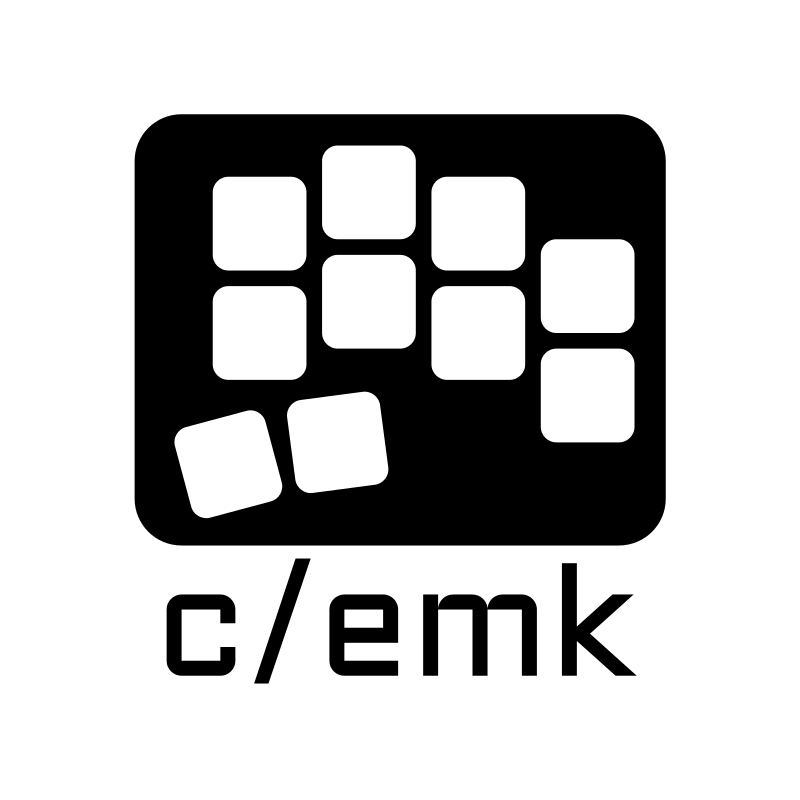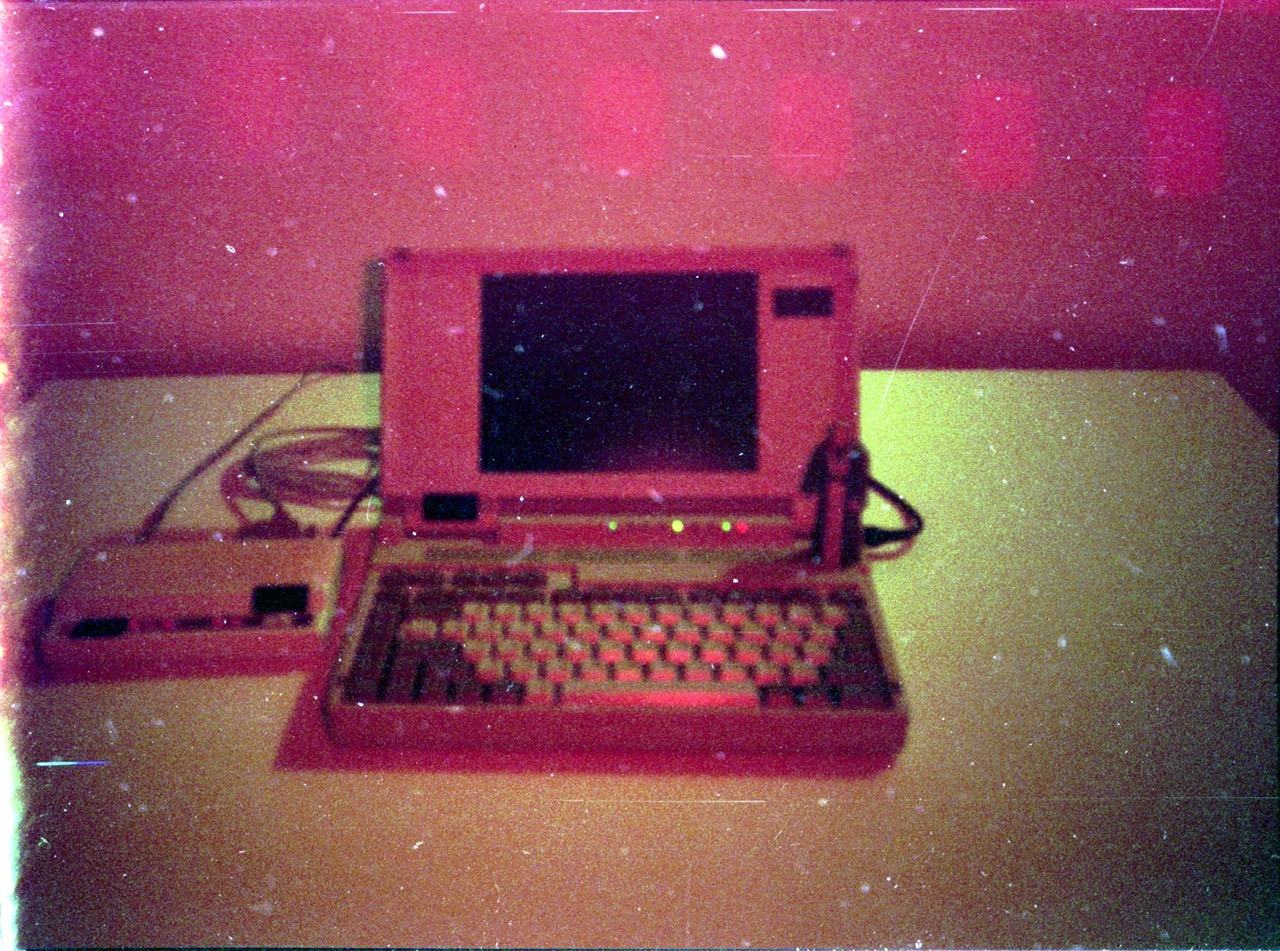
Yes, that’s the one.

Yes, that’s the one.
https://contentauthenticity.org/how-it-works
The page is very light on technical detail, but I think this is a system like trusted platform modules (TPMs), where there is a hardware root of trust in the camera holding the private key of an attestation certificate signed by the manufacturer at the time of manufacture, and it signs the pictures it takes. The consortium is eager for people to take this up (“open-source software!”) and support showing and appending to provenance data in their software. The more people do so, the more valuable the special content-authenticating cameras become.
But TPMs on PCs have not been without vulnerabilities. I seem to recall that some manufacturers used a default or example private key for their CA certificates, or something. Vulnerabilities in the firmware of a content-authenticating camera could be used to jailbreak it and make it sign arbitrary pictures. And, unless the CAI is so completely successful that every cell phone authenticates its pictures (which means we all pay rent to the C2PA), some of the most important images will always be unauthenticated under this scheme.
And the entire scheme of trusted computing relies on wresting ultimate control of a computing device from its owner. That’s how other parties can trust the device without trusting the user. It can be guaranteed that there are things the device will not do, even if the user wants it to. This extends the dominance of existing power structures down into the every-day use of the device. What is not permitted, the device will make impossible. And governments may compel the manufacturer to do one thing or another. See “The coming war on general computation,” Cory Doctorow, 28c3.
What if your camera refused to take any pictures as long as it’s located in Gaza? Or what if spies inserted code into a compulsory firmware update that would cause a camera with a certain serial number to recognize certain faces and edit those people out of pictures that it takes, before it signs them as being super-authentic?


60% silent? Relative to wha… oh
My ergo journey started with similar requirements to yours - specifically including the Y and B keys. Along the way, I learned how important layers are for comfort, ditched QWERTY entirely for Colemak DH, bought a 3D printer, and ended up at 40%. Several years ago, there was a term “1KFH” (“one key from home”) people used to describe the amazing amount of comfort they found when they never had to move their fingers more than one key away from home position, nor to move their hands.
I’m not saying you have to change your requirements, now or ever, but I think people who start to make their own ergo keyboards may be subject to this sort of requirements drift, such that if they ever make it to the product phase, their products aren’t what they initially expected to be building. And maybe this sort of dynamic is what makes it less likely for the product you are looking for to have been built already.

Michael W. Lucas just released a book on how to do this. I’ve begun but not finished it. https://www.tiltedwindmillpress.com/product/ryoms-ebook/

For Jellyfin, https://github.com/Thefrank/jellyfin-server-freebsd is the place.


It took me a couple months to stop thinking about layers.
My first move toward ergonomics was a Keebio Fourier 40%. It had been a few months before that when I started using Colemak on my laptop keyboard; I did that using Windows keyboard settings, and I was taking notes in meetings, so whenever I couldn’t keep up, switching back to QWERTY was a hotkey away.
After switching to the Fourier, and iterating many times on the QMK settings, that was the month or two where I had to think through all the control keys, symbols, and function keys I was typing. I didn’t quit typing on other keyboards, although I typed on my Fourier as much as possible; and I have not ended up forgetting anything I learned before.
I’m now on the precipice of moving from a 4x6 Dactyl Manuform to a 4x5 Splaytyl (if I can find those dang parts and get the thing built!) and that’s too small to have things like Tab, Enter, or the backslash on the home layer. I’m nervous. I’ve tried making a 4x5 layout for the DM, but haven’t ended up sticking with it. I couldn’t really get used to keys that are physically there, not doing anything.
history which may or may not be relevant to you: https://en.wikipedia.org/wiki/Cryptocat
A name I’ve seen in connection with this issue is Obtainium. From a cursory look, it appears this just streamlines checking for and getting apk’s from GitHub release pages and other project-specific sources, rather than adding any trust. So maybe it just greases the slippery slope :)
Security guidelines for mobile phones, and therefore policies enforced by large organizations (think Bring-Your-Own-Device), are likely to say that one may only install apps from the platform-provided official source, such as the Play Store for Android or the Apple App Store for iOS. You might say it’s an institutionalized form of “put[ting] too much trust in claims of authority.” Or you might say that it’s a formal cession of the job of establishing software trustworthiness to the platform vendors, at the mere expense of agency for users on those platforms.
People are not taught how to verify the authenticity and legitimacy of software
Rant: Mobile computing as we know it is founded on the rounding off of the rough corner of user agency, in order to reduce the amount users need to know in order to be successful, and to provide the assurances other players need, such as device vendors, employers, banks, advertisers, governments, and copyright holders. See The Coming War on General Computation, Cory Doctorow, 2011. Within such a framework, the user is not a trustworthy party, so the user’s opinion of authenticity and legitimacy, however well informed, doesn’t matter.


No, I have not tried that. But I might now. :)
Oh! Oh yeah, that’s what I meant, sorry


I’ve got a Thinkpad 600X (Pentium III, 256MB RAM). I put Debian 12 on it, and the OS is not quite small enough. (NetBSD couldn’t drive my particular CardBus Wifi card, sadly, and 9front couldn’t drive the NeoMagic video properly.) Just Emacs on the console, no X, and eww for web browsing (to your question) and elpher for poking around Gemini. I’m not familiar enough with Thinkpads to know if that’s a useful data point for you.
Nobody’s mentioned https://www.haiku-os.org/ yet, so I will. I can’t remember what happened with it on my Thinkpad. There are several graphical browsers there, with a range of capabilities, as well as a port of Emacs.
I guess my real answer is: don’t handle today’s internet with all of its heavy websites? Use the web for documents, and use native applications rather than web apps for other purposes, such as chatting and email.


I got a Keeb.io kit and soldered it myself, and then I’ve handwired a Dactyl Manuform and (halfway) a Splaytyl. I love how many people can build you a 3d-printed keyboard these days, but I’m already equipped and experienced to do it all myself.
Thanks for these tips and provisos - they are true and important. … How would you do the divider?
I never gave the Draft workbench any thought at all, until watching Mango Jelly Solutions’ FreeCAD tutorial videos, which I heartily recommend. Heck, sometimes I can’t get something modelled properly and just starting the video about it somehow reminds me of the right mindset :) https://www.youtube.com/c/MangoJellySolutions https://ko-fi.com/mang0
Use the Part Design workbench (you probably are already, but no one’s said it yet). Sketch a rectangle for the top of the whole tray, not the surface. Pad it down 40mm. Add a draft to set the angle of the sides. Use the thickness tool to dig out the middle of the top face - to a thickness of your exact choosing, which will be consistent everywhere. Now you have a trapezoidal bin.
Then how do you make the separators. Um, draw a sketch with the tee on the inside bottom and pad it… and then the separators don’t reach the angled side walls. Oo, how about this: on the inside bottom, draw a sketch of the small square of material at the junction of the tee, and pad this tiny pillar up to the top of the tray. Then start a sketch on a side wall, External Geometry the near sides of the pillar in, and they’ll be projected onto the angled side wall. Then loft the two rectangles together. Yeah? Yeah? No. That didn’t work. The projection was normal to the angled wall, not to the side of the pillar.
HAHAHA ok. Select a side of the pillar. Pad it, select Up to Face, and pick the angled inside . Presto!
Then stick the lip on top and the grippy bit and that.
I hope this was helpful and entertaining.


I would pull on that thread. That is, in your shoes
Directions unclear; shoelaces tangled
Musk’s X risks. Musk’s X risks. Muck’s eck ricks. Dangit
openpgp smartcard https://www.floss-shop.de/de/security-privacy/smartcards/
smartcards + computers didn’t really pick up in the US outside the Department of Defense, which issued them. now that FIDO tokens are here, everybody’s got a USB socket but not many people have a smartcard reader.
it’s mostly just a very flat serial port